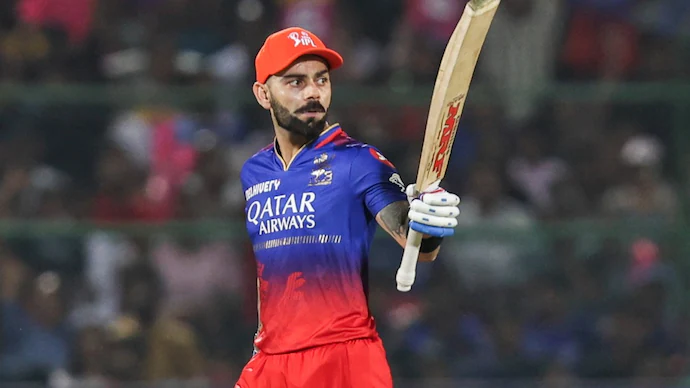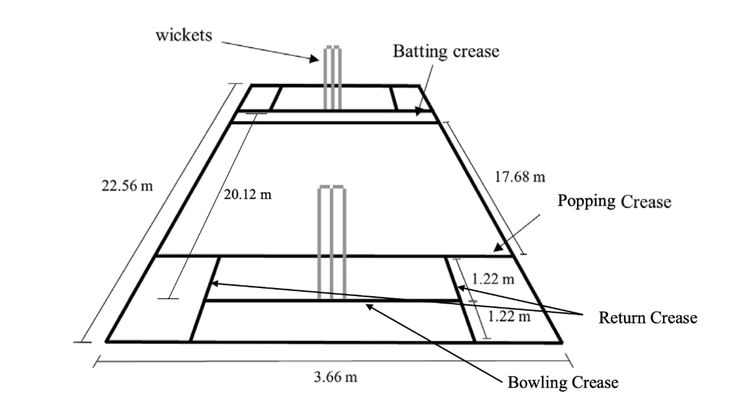Overcast Conditions In Cricket

Introduction
Cricket, often dubbed as a game of uncertainties, is deeply influenced by the ever-changing weather conditions. Among these, overcast conditions hold a special significance, as they can drastically alter the dynamics of a cricket match. In this article, we delve into the effects of overcast conditions on cricket, exploring how they impact the game and the strategies employed by players to cope with them.
Impact on Bowling

Overcast conditions refer to cloudy skies with limited sunlight, which create favorable conditions for swing and seam bowling. The moisture in the air and the lack of sunlight assist the bowlers in getting more movement off the pitch and through the air. Fast bowlers, in particular, relish these conditions as the ball tends to swing more, making it challenging for batsmen to predict its trajectory.
Additionally, the overcast skies create a sense of darkness, which can make it difficult for batsmen to sight the ball effectively. This reduced visibility adds to the challenge, often resulting in mistimed shots and wickets falling at regular intervals. Spinners, on the other hand, may find it harder to grip the ball due to the moisture, thereby reducing their effectiveness.
Enhanced Swing and Seam Movement:
Overcast conditions, characterized by cloudy skies and reduced sunlight, create an environment conducive to swing and seam bowling. The moisture-laden atmosphere and absence of direct sunlight contribute to the ball retaining its shine for a longer duration, thereby aiding swing bowlers in generating significant movement through the air. Seam bowlers, meanwhile, find the pitch conducive to extracting pronounced seam movement due to the moisture content, making it challenging for batsmen to predict the trajectory of the ball accurately.
The Role of the New Ball:
The significance of overcast conditions is most pronounced when a new ball is in play. Bowlers relish the opportunity to exploit the freshness and shine of the new ball under cloudy skies, as it enables them to achieve maximum swing and seam movement. Fast bowlers, in particular, thrive in these conditions, as they can generate prodigious swing at high speeds, often catching batsmen off guard with late movement.
Adjusting Line and Length:
Bowlers must adapt their line and length judiciously to capitalize on the conducive conditions offered by overcast skies. Seam bowlers target the corridor of uncertainty outside the off-stump, aiming to induce false strokes from batsmen who are tentative due to the exaggerated movement off the pitch. Similarly, swing bowlers focus on pitching the ball up and allowing it to swing into the batsman, exploiting any gaps in their technique to induce edges or dismissals.
Challenges Faced by Batsmen:
Batsmen face a formidable challenge when confronted with overcast conditions, as the exaggerated movement of the ball makes shot selection and footwork paramount. The reduced visibility under cloudy skies adds to the difficulty, as batsmen struggle to pick up the line and length of the deliveries accurately. Consequently, batsmen must display patience and resilience, adopting a more cautious approach and prioritizing survival over aggressive stroke play.
Fielding Tactics:
Fielding teams also adapt their tactics to suit the prevailing overcast conditions, employing aggressive field placements to capitalize on the movement generated by the bowlers. Fielders are strategically positioned in catching positions, particularly in areas where batsmen are prone to edge the ball due to the seam and swing movement. Captains play a pivotal role in orchestrating the field placements and bowling changes, ensuring that their teams remain proactive and capitalize on the conditions.
Best Bowler
Wasim Akram
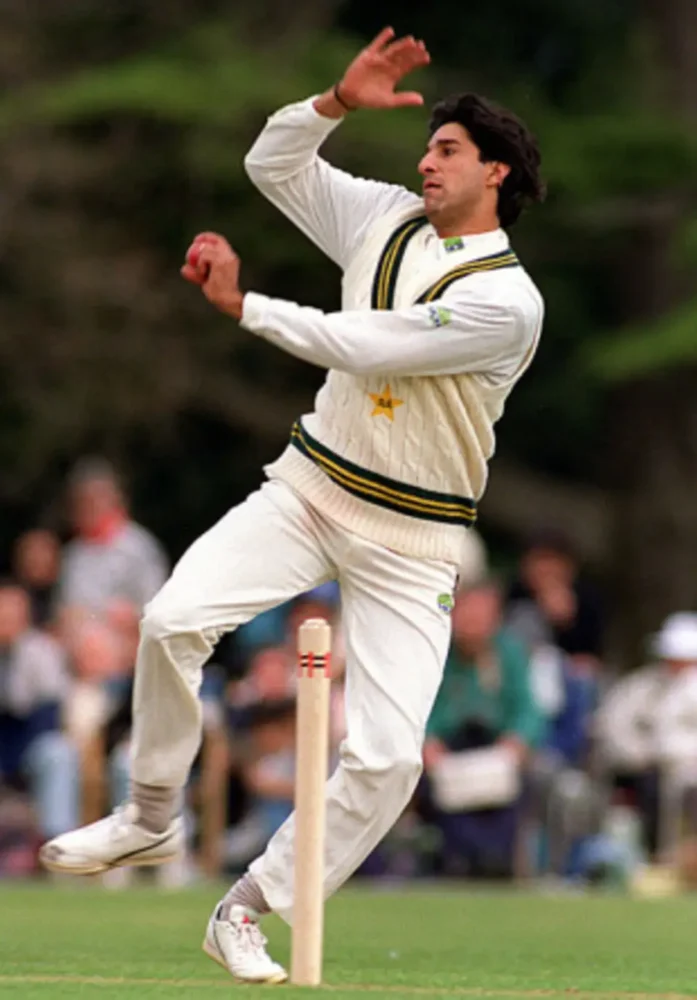
Hailing from Pakistan, Akram’s left-arm pace bowling was characterized by its lethal combination of speed, swing, and accuracy. His ability to move the ball both ways made him a nightmare for batsmen across the globe. Akram’s skillful use of reverse swing, particularly with the old ball, was unmatched during his era. He played a pivotal role in numerous victories for Pakistan, both in Test matches and limited-overs cricket. Akram’s impressive record in international cricket, coupled with his impact on the game, solidifies his place as one of the best bowlers to have ever graced the sport.
Sir Richard Hadlee

Known for his classical seam and swing bowling, Hadlee possessed an uncanny ability to extract movement from any surface. His impeccable line and length, coupled with deceptive changes of pace, made him a nightmare for batsmen around the world. With over 400 Test wickets to his name at an astonishing average, Hadlee’s dominance on the field remains unparalleled.
Shane Warne

Renowned for his prodigious turn and unparalleled control, Warne bamboozled batsmen with his wizardry, picking up over 700 Test wickets in a career spanning more than a decade. His ability to outthink and outfox even the most accomplished batsmen made him a true game-changer and a force to be reckoned with in all conditions.
Glenn McGrath

Known for his immaculate line and length, McGrath had a knack for hitting the perfect spot time and again, making life miserable for opposition batsmen. With over 500 Test wickets to his name, McGrath’s ability to exploit any surface and dismantle batting line-ups with surgical precision earned him a reputation as one of the greatest fast bowlers of all time.
Effect on Batting

Batsmen face a formidable challenge when batting in overcast conditions. The exaggerated movement of the ball, combined with reduced visibility, makes it challenging to judge the line and length accurately. As a result, batsmen need to adopt a more cautious approach, focusing on survival rather than aggressive stroke play.
Footwork becomes crucial in such conditions, as batsmen strive to get into the best possible position to counter the swing and seam movement. Playing close to the body and leaving deliveries outside the off-stump become essential survival tactics. However, even the most technically sound batsmen can struggle to adapt to the challenging conditions, leading to frequent dismissals.
The art of batting in cricket is a delicate balance of technique, temperament, and skill, with a myriad of factors influencing its effectiveness. From pitch conditions to the quality of opposition bowlers, several elements come into play, each leaving its mark on the batsman’s performance.
Pitch conditions play a pivotal role in determining the effectiveness of batting. A flat, dry pitch with even bounce is a batsman’s paradise, allowing them to play their shots with confidence and minimal risk. Conversely, a pitch with variable bounce, excessive seam movement, or significant turn can pose considerable challenges, testing a batsman’s technique and patience to the fullest. Adapting to the conditions and adjusting one’s game accordingly is crucial for success, with the best batsmen showcasing their ability to thrive in all environments.
The quality of the opposition bowling attack also has a profound effect on batting performance. Facing world-class bowlers capable of swinging the ball both ways, extracting pace and bounce, or spinning it sharply requires a high level of skill and concentration. The ability to read the bowler’s intentions, pick up subtle variations in line and length, and anticipate the trajectory of the ball is paramount for success at the highest level. Batsmen must be adept at formulating strategies to counter the strengths of each bowler while capitalizing on scoring opportunities.
Furthermore, the mental aspect of batting plays a significant role in its effectiveness. Confidence, focus, and resilience are essential traits for withstanding the pressure of international cricket and overcoming periods of adversity. Batsmen must possess the mental fortitude to weather challenging spells from bowlers, maintain composure under pressure, and capitalize on scoring opportunities when they arise. The ability to stay in the moment, block out distractions, and execute one’s game plan with precision separates the great batsmen from the merely good.
In addition to these external factors, individual technique and approach also play a crucial role in determining the effectiveness of batting. Each batsman has their unique style, strengths, and weaknesses, which they must leverage to their advantage while minimizing vulnerabilities. Whether it’s playing with a straight bat, utilizing the crease, or employing aggressive shot-making, batsmen must tailor their approach to suit the demands of the situation and the conditions at hand.
In conclusion, the effectiveness of batting in cricket is influenced by a multitude of factors, ranging from pitch conditions and opposition bowling to mental fortitude and individual technique. The ability to adapt, innovate, and perform consistently under varying circumstances is what sets the best batsmen apart from the rest. Ultimately, it is the mastery of these elements that allows batsmen to leave an indelible mark on the game and etch their names into cricketing folklore.
Best Batsmen
Sir Donald Bradman

Sir Donald Bradman, often referred to simply as “The Don,” stands as an immortal figure in the annals of cricketing lore. The Australian maestro’s staggering Test batting average of 99.94 remains a benchmark of batting excellence that may never be surpassed. Bradman’s extraordinary hand-eye coordination, impeccable technique, and insatiable hunger for runs made him a nightmare for bowlers of his era. His ability to consistently churn out big scores against all comers solidified his status as the greatest batsman of his generation and arguably of all time.
Sachin Tendulkar
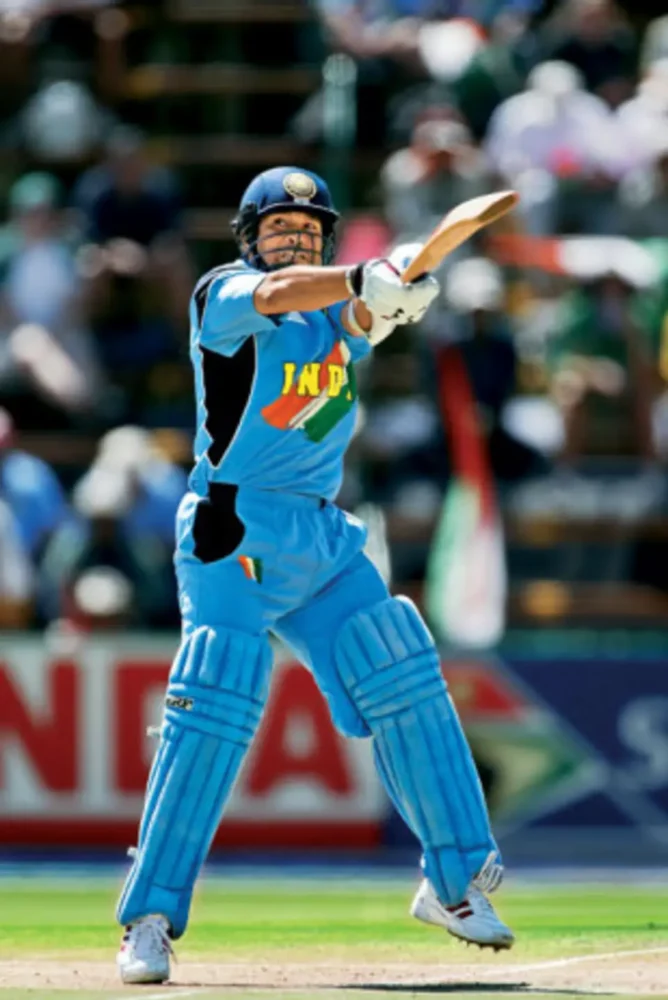
Sachin Tendulkar, affectionately known as the “Little Master,” captured the hearts of cricket fans worldwide with his sublime stroke play and unparalleled consistency. The Indian batting sensation’s record-breaking career spanned over two decades, during which he amassed more runs and centuries in both Test and One Day International cricket than any other player in history. Tendulkar’s insatiable appetite for runs, combined with his flawless technique and mental toughness, made him a role model for aspiring cricketers across the globe. His ability to thrive under pressure and deliver match-winning performances on the grandest stages cemented his legacy as one of cricket’s all-time greats.
Sir Vivian Richards

Sir Vivian Richards, the charismatic West Indian batsman, personified power, flair, and aggression at the crease like no other. Affectionately known as the “Master Blaster,” Richards’ swagger and dominance intimidated bowlers and captivated audiences around the world. His ability to decimate bowling attacks with effortless ease, coupled with his fearless approach to batting, revolutionized the game and inspired a generation of cricketers. Richards’ remarkable record in Test and One Day International cricket, along with his leadership qualities as captain of the West Indies, solidified his status as one of the most iconic batsmen in the history of the sport.
Fielding Strategies
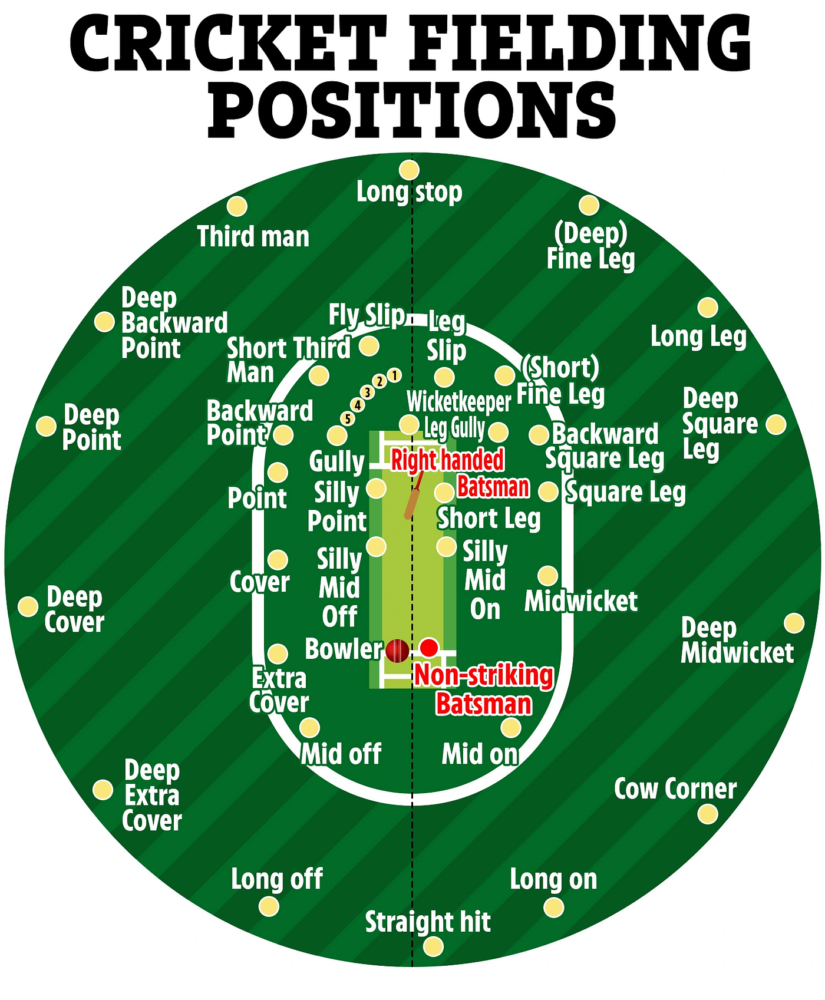
Fielding also undergoes a transformation in overcast conditions, with teams opting for more aggressive field placements to capitalize on the favorable bowling conditions. Fielders are positioned strategically in catching positions, ready to pounce on any edges or mistimed shots induced by the bowlers.
Moreover, fielding teams often employ tactics such as setting leg-side traps or placing fielders in catching positions behind the wicket to exploit any movement generated by the bowlers. Captains need to stay alert and constantly adjust their field placements based on the behavior of the pitch and the movement of the ball.
Adaptation and Resilience
In the face of such challenging conditions, adaptability becomes the key to success for both batsmen and bowlers. Batsmen must be prepared to grind it out in the middle, displaying patience and resilience against the testing bowling attack. Similarly, bowlers need to maintain discipline and exploit the conditions to their advantage without overstepping.
Teams that can adapt quickly to the changing dynamics of the game often emerge victorious in overcast conditions. Captains play a crucial role in guiding their teams through these challenging periods, making astute decisions on bowling changes, field placements, and batting strategies.
Conclusion
Overcast conditions in cricket present a unique set of challenges for players, testing their skills, temperament, and adaptability. While bowlers revel in the favorable conditions that enhance their ability to swing and seam the ball, batsmen are forced to dig deep and display resilience to survive against the odds. Fielding teams must remain proactive, constantly adjusting their tactics to capitalize on the conditions. In the end, it is the team that can best adapt to the challenges posed by overcast conditions that emerges triumphant on the cricket field.
FAQs



